Σπεῦδε Βραδέως!
Make haste slowly!
Greek saying.
Festina lente!
Make haste slowly!
Latin saying.
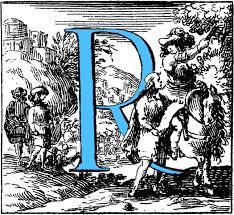 ESPONDING TO A CHALLENGE by Ian Carradice to aid in the identification and examination of Titus's so-called pulvinaria issue, at least as interpreted by his brother Domitian, this is the second of four blog articles dealing with RIC 1, RIC 2, RIC 3 var, and RIC 5. The first article can be found in the Archives section of this website. Here again are the four coin reverses in question--
ESPONDING TO A CHALLENGE by Ian Carradice to aid in the identification and examination of Titus's so-called pulvinaria issue, at least as interpreted by his brother Domitian, this is the second of four blog articles dealing with RIC 1, RIC 2, RIC 3 var, and RIC 5. The first article can be found in the Archives section of this website. Here again are the four coin reverses in question--
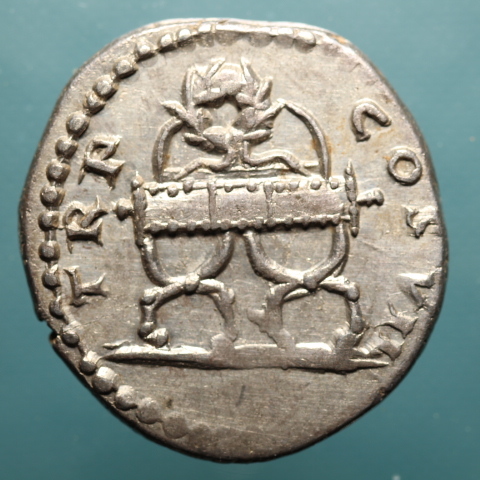
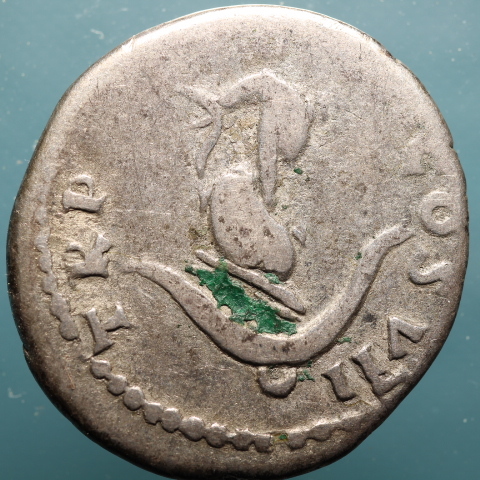
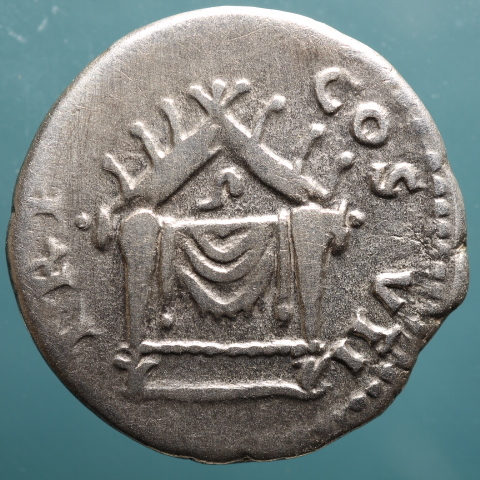
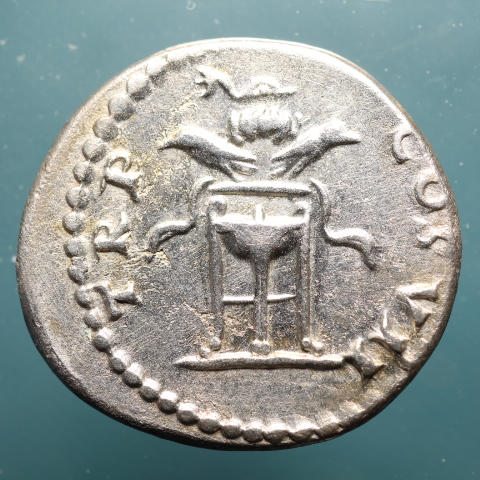
The coin under the stereo microscope today is the second reverse type from the left, RIC 2--
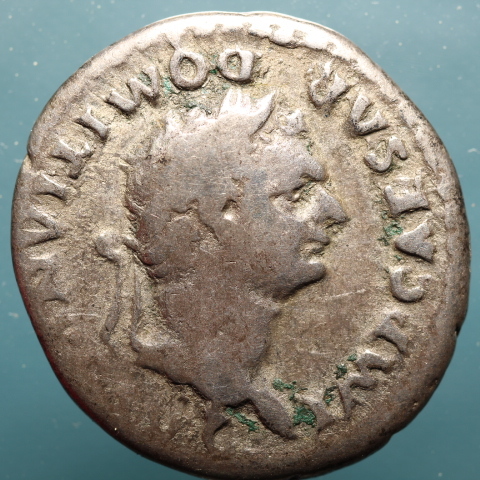
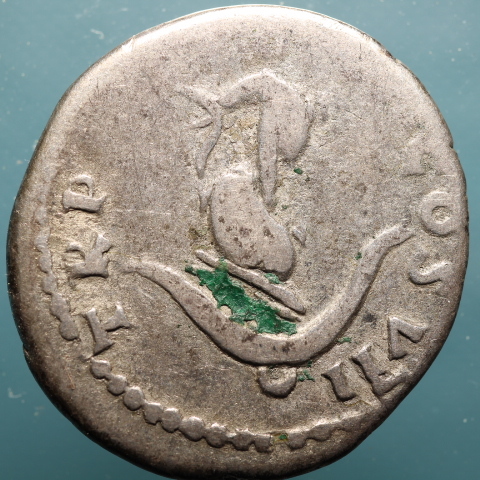
The reverse depicts a dolphin entwined around an anchor. Since the dolphin happens to be a sea animal this reverse has been indentified on the internet as the pulvinar of Neptune. This identification is incorrect. The dolphin may have been familiar to Neptune, and to Apollo and to Bacchus also, but the anchor wasn't an attribute of any of them. Since it doesn't depict a cushioned seat or throne, this reverse doesn't depict a pulvinar at all. What this image describes instead is a favorite saying of the emperor Augustus himself, Σπεῦδε Βραδέως!
From Suetonius (Lives of the Caesars, Augustus, XXV.4), nihil autem minus perfecto duci quam festinationem temeritatemque convenire arbitrabatur. crebro itaque iactabat, Σπεῦδε Βραδέως! He was of the opinion that nothing was less desirable in a leader than a combination of haste and temerity, and so he would frequently toss about, "Make haste slowly!"
Festina lente!
Such a terse oxymoron has an immediate appeal to the military mind. In my day it was, "Hurry up and wait!" Same kind of thing. As a visual illustration, a dolphin, the fastest of fish, wrapped around the immovable anchor was perfect. Augustus had also experimented with the images of a crab and a moth, and a rabbit wearing a snail shell--
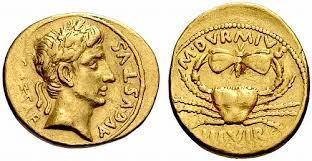

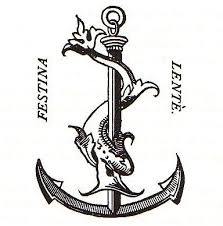
So, the crab/moth, the rabbit/snail shell, and the dolphin/anchor. Of the three the dolphin/anchor motif had the most staying power, persisting into the Flavian period, revived in the Renaissance by the Venetian publisher Aldo Manuti, and popping up once in a while even today.
All four of the denarius reverses included in Domitian's first commemorative issue (pictured at the top of this article) had already been rolled out by his brother Titus in a precious metal issue struck the year before. However, iconographically at least--as an emblem--the dolphin entwined around the anchor wasn't a meme introduced to the world by Titus. It had been around for a hundred years, since the time of Augustus, and at the direction of his successors had probably been carried for decades after his death in the pompe circensis along with the actual pulvinaria and other triumphal and celebratory items (think Macy's Parade). But not as a pulvinar, because it wasn't one nor had ever been.
The design was even safely co-opted by the Christians (see my blog article), safely only because it already meant something else so firmly in the minds of the Romans. That's the thing, we struggle to interpret these pictorial clues, but the Romans wouldn't have had any trouble. When a Roman looked at this coin he would have immediately made the connection between Emperor Augustus and Emperor Domitian. Festina lente. The imperial motto, he'd think, good advice from Augustus himself, the father of his country, pater patriae. And here's the other thing, that was the entire point! What was Augustus's personal motto is now Domitian's personal motto, more than that it is now the imperial motto, the personal motto of the emperor himself. Domitian is the new pater patriae, the father of his country. Domitian is the new Augustus.
In the regular issues struck at the same time as this commemorative issue, all of the reverse inscriptions contain the phrase P P, pater patriae, the father of his country. And that is precisely what this reverse illustrates--let me say it again--Domitian is the new Augustus!
Next: The Commemorative Issue of 81: Part 3, Domitian denarius, RIC 3 var, augurum vs auguralis.

